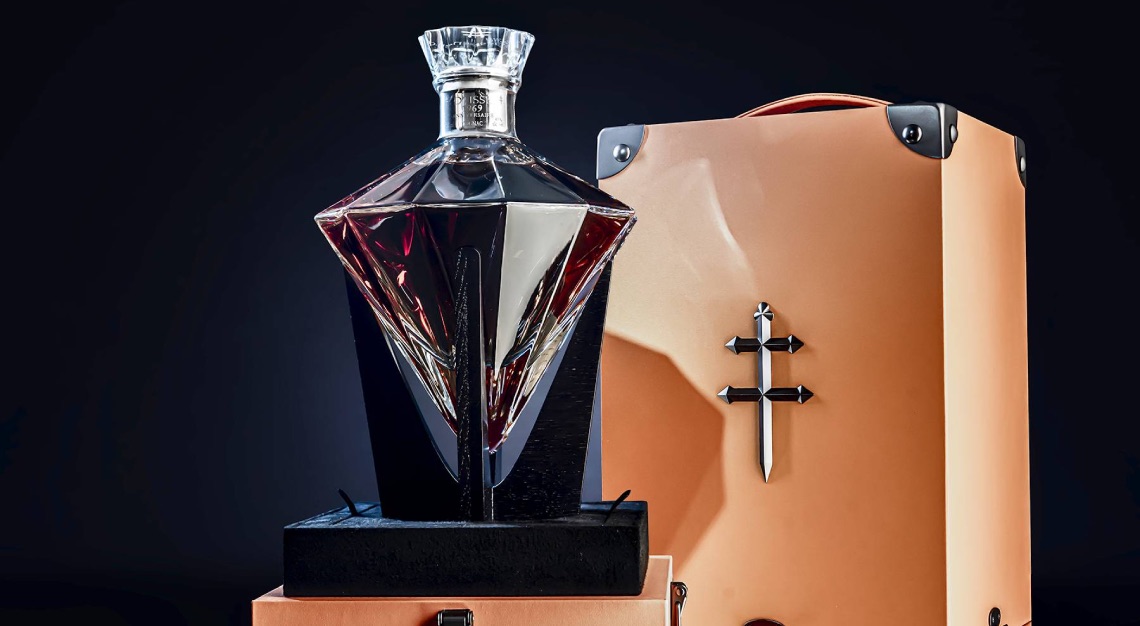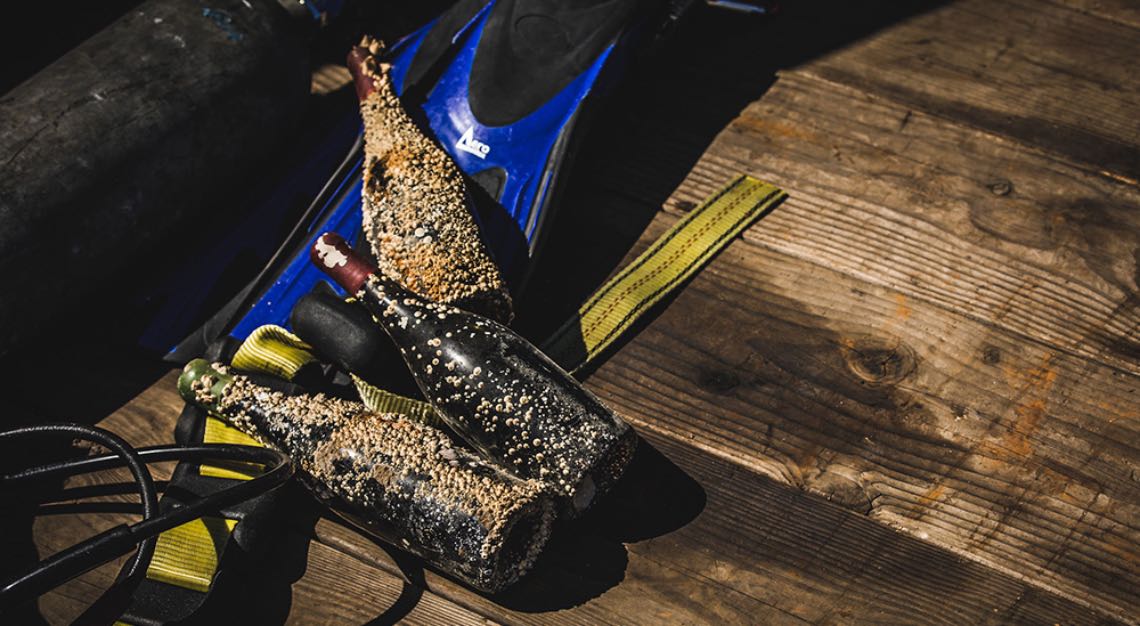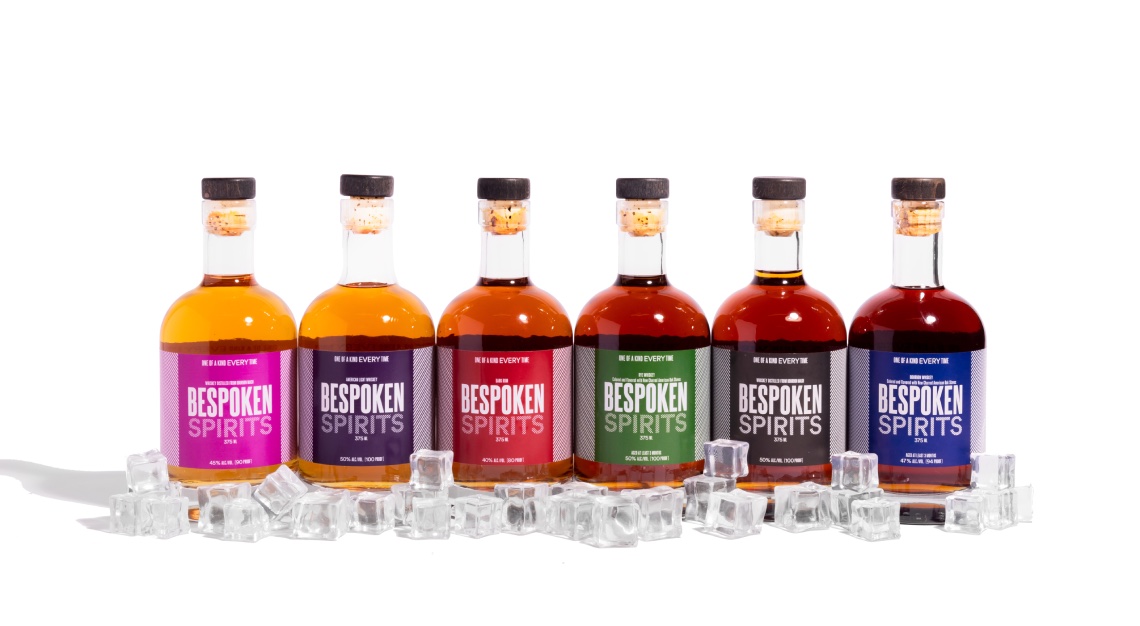It’s just as tantalising and made by many of the region’s famed vintners. But good luck trying to track down a bottle
It was an afternoon in 2001 spent rifling through his family’s archives that first sparked Frédéric Rouzaud’s curiosity. Rouzaud is the CEO of Champagne house Louis Roederer, which has been owned by his family for centuries, and among those papers, he found menus from suppers thrown in the 1940s and 1950s by his great-grand-mother Camille. The formidable widow was then barely halfway through her more than four-decade tenure at the vineyard’s helm. She’d scribble the assortment of wines to be served – the best vintages of Cristal and other sparkling labels, of course, but also, remarkably, always a few still reds and whites made from specific plots dotted around the family’s almost 600 acres of vines.
“She liked to show how the region can also produce great still wine, with surprising wines that people didn’t expect,” explains Rouzaud of his great-grandmother’s menus, which included examples from the niche category now known as Côteaux Champenois (or “the Hills of Champagne”). Why not reintroduce such wines to the world, he reasoned? So for a decade, Rouzaud and his team toiled in the vineyards, tweaking plantings and testing grapes, hoping to identify a few small, outstanding patches of land. He finally settled on just over an acre’s worth of vines in the area of Les Charmonts for a potential red, and one and a half acres in Les Volibarts for the white. By 2018, the vines he’d chosen were ready, and in March of this year he introduced the first revivals of those reds and whites, limiting production to just 1,800 bottles of Pinot Noir and 2,800 of Chardonnay. Fittingly, he called the new line Hommage à Camille.
Rouzaud’s project is well-timed, as interest in these overlooked, small-batch wines is growing. Per the appellation rules for the region, they must be made from the same grapes stipulated for sparkling—that’s largely Chardonnay and Pinots Meunier and Noir – but undergo just one vinification rather than the two-step process that defines Champagne. Yet, though Côteaux Champenois is the official appellation for non-sparkling wines from the region, the size of annual production today is so tiny that Champagne’s governing body, the Comité Interprofessionnel du vin de Champagne (CIVC), doesn’t formally break out data on overall numbers. It estimates, however, that up to 150,000 of the 300 million bottles produced in the region each year are Côteaux Champenois – that’s around 0.3 per cent.
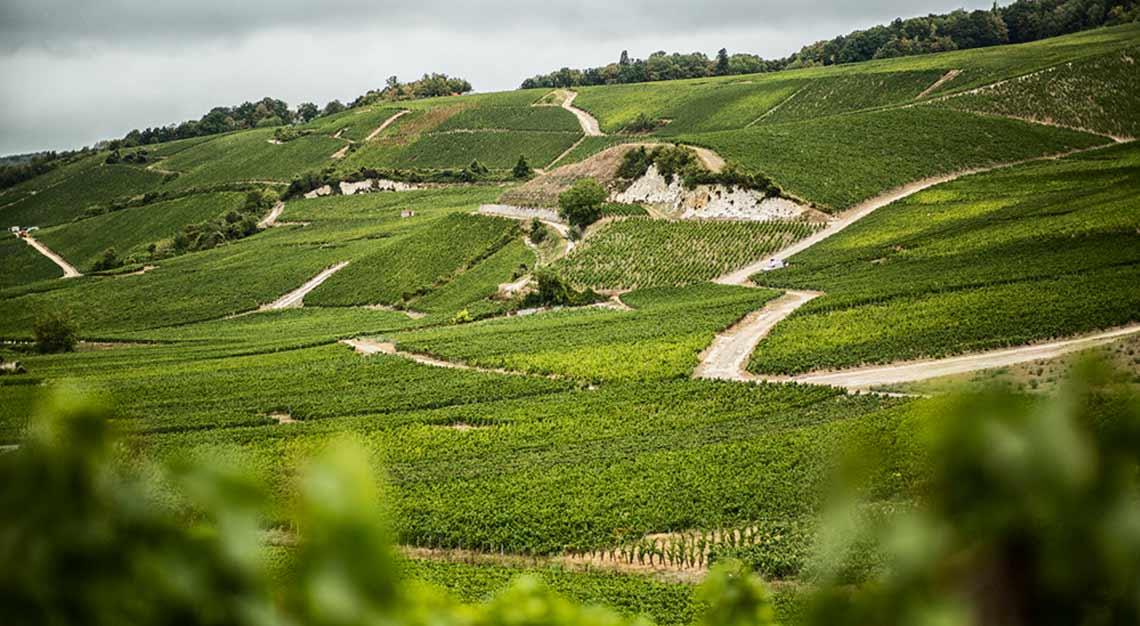
It wasn’t always so. Long before the méthode champenoise for turning still to sparkling was invented in 1663, this region was already producing wine, though its results were workmanlike at best. Even after pivoting to bubbly, vineyards here continued to churn out table-wine-like Côteaux in the early ’70s. More than 1.1 million bottles were shipped in 1974, the first year Côteaux Champenois was officially codified, according to CIVC data. But they garnered few accolades.
“Historically, before the Champagne method was invented, we crafted still wine that was so sharp and pale it was called vin clairet. It’s a play on words that doesn’t translate into English, because the wine was so pale, or clair,” says Caroline Brun, an independent marketing consultant based in the region. “We used it mostly as a medicine to ease stomach pains because it was more acidic than the stomach itself.”
Fast-forward 300 years, and its reputation, and taste, had improved little. And as demand for Champagne surged across the world in the ’80s and viticulture in the region developed as a result, producers abandoned these unloved still wines in favour of more profitable, and prestigious, sparkling varieties.
So why, then, are Louis Roederer and other top-tier producers revisiting these reds and whites 40 years later? Climate change is a major motivator. Harvests now reliably take place a full month earlier than even 20 years ago, a nod to the soaring temperatures worldwide: Global maximums could rise by up to eight degrees Fahrenheit in 2100, and the average temperature here has already spiked 1.3 degrees Fahrenheit in the past 50 years. Warm weather produces riper fruit with higher sugar content; the resulting grapes are tougher to tame into a classic Champagne blend but ideal for still wines – this time, thanks to that extra sugar, without the defining, acidic punch that historically blighted the local output. Factor in better viticulture and a more committed focus on securing optimal vineyard plots, and the rise in quality of these wines starts to make sense. “To make a great Côteaux Champenois, you have to have much better raw material, as there’s no sparkling process and dosage to mask flaws,” says Peter Gibson of Wine Market Journal, which tracks the industry’s auction results. Gibson is a longtime champion of these lesser-known wines. “Lower yields and a great specificity give it a lot more character.”
Jerome Dehours, who operates Dehours & Fils, founded by his grandfather in 1930, was one of the first winemakers here to recognize how to turn the warmer weather to his advantage, producing his first Chardonnay-based Côteaux in 2002. “It was just a few bottles for fun, but the result was very sexy,” he explains, noting that he realised the key to a fine wine of this type lay not primarily in production, like sparkling wine, but rather in how the vines grew. As is common, Dehours owns dozens of disconnected acreage in the area; he focused on small plots of clay and limestone dirt midway up some north-facing slopes near the village of Cerseuil, with old vines and short pruning, and quickly developed a reputation for fine Côteaux Champenois among purists. Dehours now produces these Chardonnays, Les Vignes de Mizy and Les Rieux on a whim, between 600 and 2,000 bottles per year: “It’s just a question of feeling.”
This ability to express terroir more distinctly is a factor in still wines’ resurgence. Put simply, they offer winemakers more leeway to innovate. Champagne is the best-known French region with the right to blend white and red wines for its final product (there are a few places in the south that may also blend the two grapes, according to the CIVC); consistency, or house style, has long defined its production. Côteaux Champenois, on the other hand, are determinedly idiosyncratic, intended to evoke their particular piece of earth – its soil, sun exposure and climate – much like a fine wine from Burgundy might. Indeed, one of the few high-profile Côteaux to be produced continuously for many decades is Bollinger’s Côte aux Enfants, a Burgundian-style red made from a cluster of Grand Cru grapes on a steep, 70-acre field near Aÿ and aged in small old-oak barrels.
That opportunity to develop a terroir-forward product particularly appeals to the younger generation of Champagne-based winemakers, according to Ariel Arce, owner of Air’s Champagne Parlor in New York. Many of them bucked the tradition of local training and instead apprenticed around the world, where they could learn alternative techniques. “They come back after studying with some of the best in the world, and the winemakers who fancy themselves vignerons more than champenois are trying to make incredible wine like this,” she notes.
Standout talents include Vincent Laval, who presides over the Georges Laval label and is the fourth generation of his family to make wine from grapes grown on a small Premier Cru plot in Cumières; Aurélien Lurquin, who has bottled wine from just over six acres near Romery since 2007; and brothers Quentin and Antoine Paillard, whose family started making their namesake Champagne in the Grand Cru village of Bouzy after buying a patch of land there in 1768. “We had more opportunities to taste, to discuss, to visit other regions,” Antoine says, citing other parts of France, such as Burgundy and the Loire Valley, from which winemakers here would never have drawn inspiration or sought advice in the past. “Our generation is more connected with social networks and more open-minded.” He pauses. “We know what we like, and we learned how to produce it.”
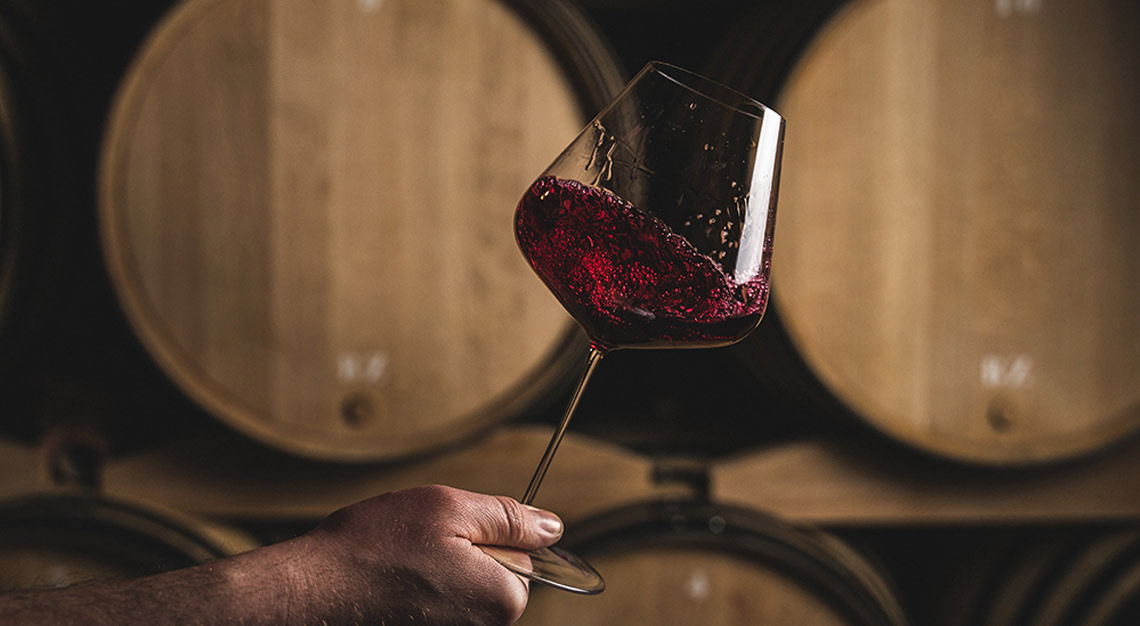
The rise in small-batch-grower Champagne has also made it easier to market Côteaux Champenois, positioning it as another artisanal expression amid the industrial volumes produced nearby. The Paillard family’s much-praised output is also minute – just 2,500 bottles a year now – compared with the historic production of this expression; in the 1960s, his family’s land annually sold 25,000 bottles of its Côteaux Champenois. “Now you usually use the best vineyard in your winery for them; that’s why the production is so tiny,” Antoine tells Robb Report. “Mostly very old vines, with very low grape production, for the reds. It’s a niche market.”
No wonder it’s hard to acquire fine examples Stateside, warns Gibson. Allocations are limited – one lucky shop may receive the only half-case destined for the US, so he recommends asking your wine merchant to find them on your behalf or visiting Aÿ and its environs in person to unearth some. Think of these like the wine world’s answer to the secret menu at In-N-Out Burger: Occasionally tasting rooms will discreetly offer samples and the chance to buy a bottle or two never sold off-site, likely because quantities are so small they’re impractical to export.
The calibre of such Côteaux Champenois today is superb compared with their mid-market counterparts in the ’70s. “It’s the renewal of a very old traditional wine that the world is finally discovering, a new pleasure to find in the region,” says Brun, the consultant. “I always say the Champagne region is like a diamond for wine lovers. Well, think of this like a new cut.”
This story was first published on Robb Report USA

